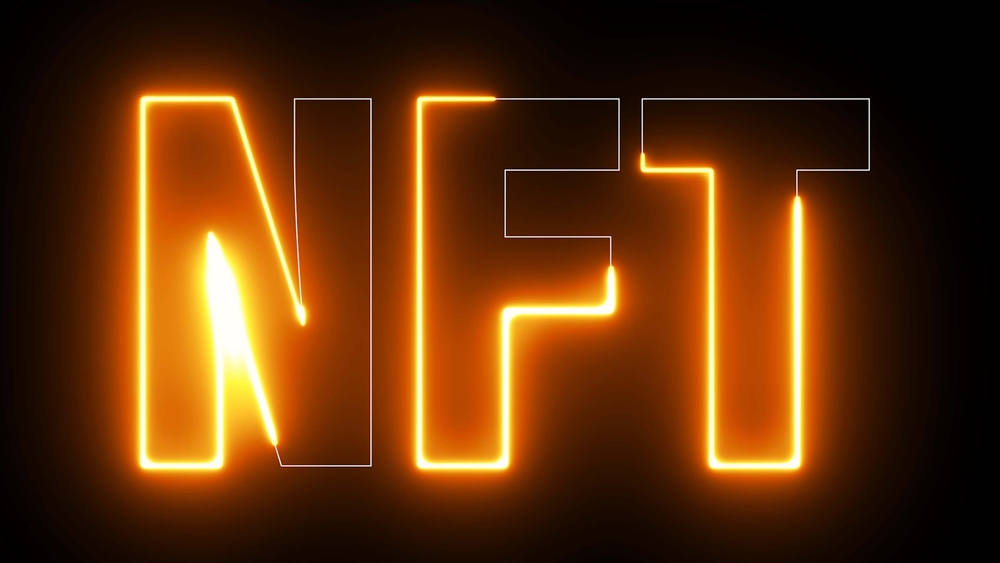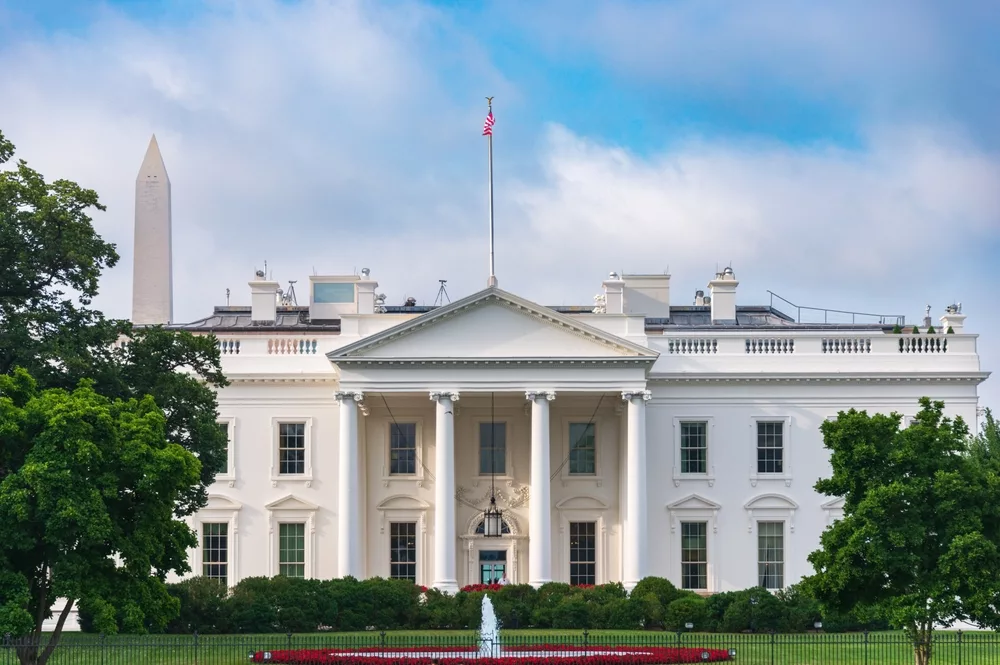
Summary
- An NFT owner can choose to burn their NFT at any time by transferring it to the NullAddress or BurnAddress.
- When an NFT is burned, it is removed from the supply of ownable NFTs in that collection. Therefore the total number of remaining ownable NFTs is reduced. This can have several effects, such as potentially increasing the price of the remaining ownable NFTs.
- Burning mechanisms are still relatively novel in the NFT space, so if the NFT that is burned (or the mechanics for the burn) creates a buzz in the space, it can potentially increase a collection’s or creator’s notoriety.
- A version of this article first appeared on OpenSea. Read more Crypto Council explainers.
What is an NFT?
An NFT is a unique digital item stored on a blockchain. NFTs can represent almost anything and serve as a digital record of ownership.
Smart contracts support the creation and functionality of NFTs and are relevant to the blockchain’s records of an NFT’s history and ownership, which cannot be erased or deleted.
How does burning NFTs work?
An NFT owner can choose to burn their NFT at any time by transferring it to the NullAddress or BurnAddress, or the smart contract can have code that triggers the NFT to be burned by another party or upon a certain specific event. The NFT’s smart contract can also allow another entity to initiate the burning of an NFT.
An NFT is “burned” when it becomes disabled from individual ownership. This is achieved by sending the NFT to a burn address, which correlates to a crypto wallet that cannot be controlled or accessed by anyone, meaning the NFT can never again be transferred, bought, or sold and therefore can never again be owned by an individual. NFTs cannot be “deleted” because the blockchain by nature is immutable and permanent. Burning an NFT is the closest thing to “deleting” an NFT that a blockchain will allow.
An easy way to understand where an NFT goes when it is burned is by understanding the purpose of a crypto wallet. A crypto wallet is a program that helps you access, store, and manage (transfer, buy, sell) your NFTs and cryptocurrency. Think of it as your address on the blockchain — you can send items from it, receive items with it, and it stores your items. Once you set up your crypto wallet, you should make sure you are the only person with access to your seed phrase.
When an NFT is burned, it is sent to a crypto wallet address that is not owned by or accessible to anyone. For NFTs on the Ethereum blockchain, an NFT is typically burned by sending the NFT to either 0x0000000000000000000000000000000000000000 (referred to as the Null Address) or 0x000000000000000000000000000000000000dEaD (referred to as the Burn Address). No one can access the wallet, so once an NFT is sent to this address, it can never be retrieved. It’s like the burned NFT is locked away in a vault that no one can open.
Is burning an NFT the same as deleting an NFT?
Burning an NFT is not the same as deleting an NFT. An NFT cannot be permanently deleted from the blockchain. Even once an NFT is sent to a burn address, you will still be able to view it and access its history on Etherscan.
Why burn an NFT?
It can add scarcity to a collection
When an NFT is burned, it is removed from the supply of ownable NFTs in that collection. Therefore the total number of remaining ownable NFTs is reduced. This can have several effects, such as potentially increasing the price of the remaining ownable NFTs.
It can add utility
Burn mechanics can also be used to create new NFTs. This can be useful for creating new, unique NFTs and creating a sense of exclusivity among token holders while adding incentives and scarcity.
It can garner publicity
Burning mechanisms are still relatively novel in the NFT space, so if the NFT that is burned (or the mechanics for the burn) creates a buzz in the space, it can potentially increase a collection’s or creator’s notoriety.
It can be used as a disposal method
Not all NFTs are purchased by users. One of the interesting properties of many blockchains is the ability for anyone to transfer or send an NFT to any wallet address. You don’t even need to accept a transfer to receive an NFT from someone else, similar to how you can receive an email from anyone. Sometimes receiving that NFT can be exciting, such as when legitimate creators mint or transfer NFTs to their community directly as a gift or marketing tactic. And other times, receiving that NFT is more similar to receiving a spam email.
If you receive an NFT for free in your wallet from a creator you don’t recognize, be wary of it since you could stumble into a scam. Clicking links related to that NFT or collection may send you to a website designed to drain your wallet, and once your cryptocurrency and NFTs are transferred out of your wallet, that transaction can’t be reversed.
Scams in which a user is airdropped an NFT with “unlockable content” to download can also be dangerous. Often that content turns out to be a malicious file.
The best way to protect yourself from this kind of scam is to never open any content or click on any links sent to you via an airdropped NFT from an unknown or untrusted address.
Sending an NFT to a burn address is one way for users to clean up their crypto wallets and remove unwanted NFTs. Some wallets, like Phantom, have built-in tools to allow their users to more easily burn unwanted NFTs.
Notable examples of NFTs that use burn mechanisms
Burn mechanics are a new frontier for NFTs, and their current use cases are the tip of the iceberg on how they may potentially be used in the future. Nonetheless, they’re proof of how inventive and iterative the NFT space can be.
Crowd, by Creature World
For instance, “Crowd” by Creature World first launched on OpenSea as an open edition, an infinite-supply generative collection that allowed users to mint as many NFTs as they wanted within a 24-hour window. Now, “Crowd” by Creature World is entering its second chapter — in which holders of multiple NFTs from the collection can burn one NFT to change the metadata of another NFT they own.

Checks VV, by Jack Butcher
At the beginning of 2023, Jack Butcher, an artist, and designer, created an NFT collection in response to Elon Musk’s new Twitter verification process. He called the open editions collection “Checks,” and it was filled with artwork of checkmarks in various colors.

The collection was so successful that Butcher created another utility for the NFTs. Now, anyone who owns multiple NFTs can burn them to eventually get a black checkmark NFT.
CHCC: Genesis Collection Chest
In addition to creating new NFTs, burning NFTs can also facilitate forward movement in a game or virtual experience. For instance, as a part of the CHCC: Genesis Collection Chest, burning an NFT opens the chest and gives users three random playing cards.


























